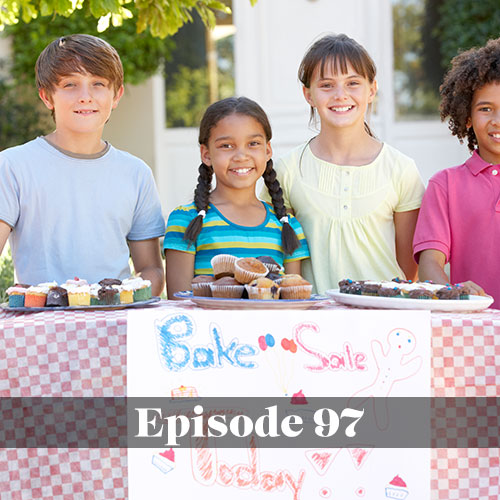In this episode, host Joel Gagne speaks with Heidi Feller, Chief Inspirational Officer for #SocialSchool4EDU, about some of the best practices schools can utilize in telling their stories and inspiring their communities. The two chat about school communication and how compelling stories drive the best communication strategies.
Heidi talks about how she came to love and master storytelling as a German teacher.
“That’s where part of my passion for public schools came from,” she says, also noting many of her relatives are or were involved in education.
Getting into the importance of storytelling, Joel says he hears far too often from school teachers and administrators who lament, “if only the community knew all the good things going on in our schools.”
Heidi says it’s a symptom of those people being embedded in the school district and assuming everybody in the community knows what’s going on.
“You need to use all of those communication tools in your toolkit to really get those stories out there,” she says.
Social media is the perfect venue for school communication: “Because you’re hitting parents right where they are,” she says. “We’re waiting for our kids to come out of the school building… we’re scrolling on our phones.”
Of course, parents have time constraints and can’t always make it into the building to see for themselves.
Asked to share a specific success story, Heidi points to a school district outside of Madison, Wisconsin, that overwhelmingly passed a referendum to build a new elementary school building after getting involved in social media and moving from paper to online newsletters. Right up to the referendum, the district used social media in school communication to explain its benefits, including by sharing a simple two-minute video shot on a phone.
“We’re letting our taxpayers know who we are and why you want to continue to invest in us, in our kids, in the future,” Heidi says.
It’s important to share positive news and to provide a peek at daily life, which may seem mundane.
Heidi recommends layering communication.
“You have to know who your audience is, and how that particular audience wants their information,” she says, noting that could mean a rural community preferring paper communication over digital.
Joel and Heidi talk about how trust and responsibility go hand-in-hand with social media and storytelling tools and that controversial topics on social media must be appropriately addressed.
Asked about her one wish to change public schools, Heidi says it would be to remove some red tape: Teachers know what to do instinctively. Trust them, without all the outside chatter.
Recommending a book to listeners, Heidi suggests The Read-Aloud Handbook by Jim Trelease, about getting kids to love reading.
Got a question or topic you’d like covered in an upcoming We Love Schools podcast? Email us at info@weloveschoolspodcast.com
First time listening to We Love Schools? Learn more about our weekly podcast.
Interested in learning more about how the Allerton Hill Communications team can help your school with communications? Contact us today.






